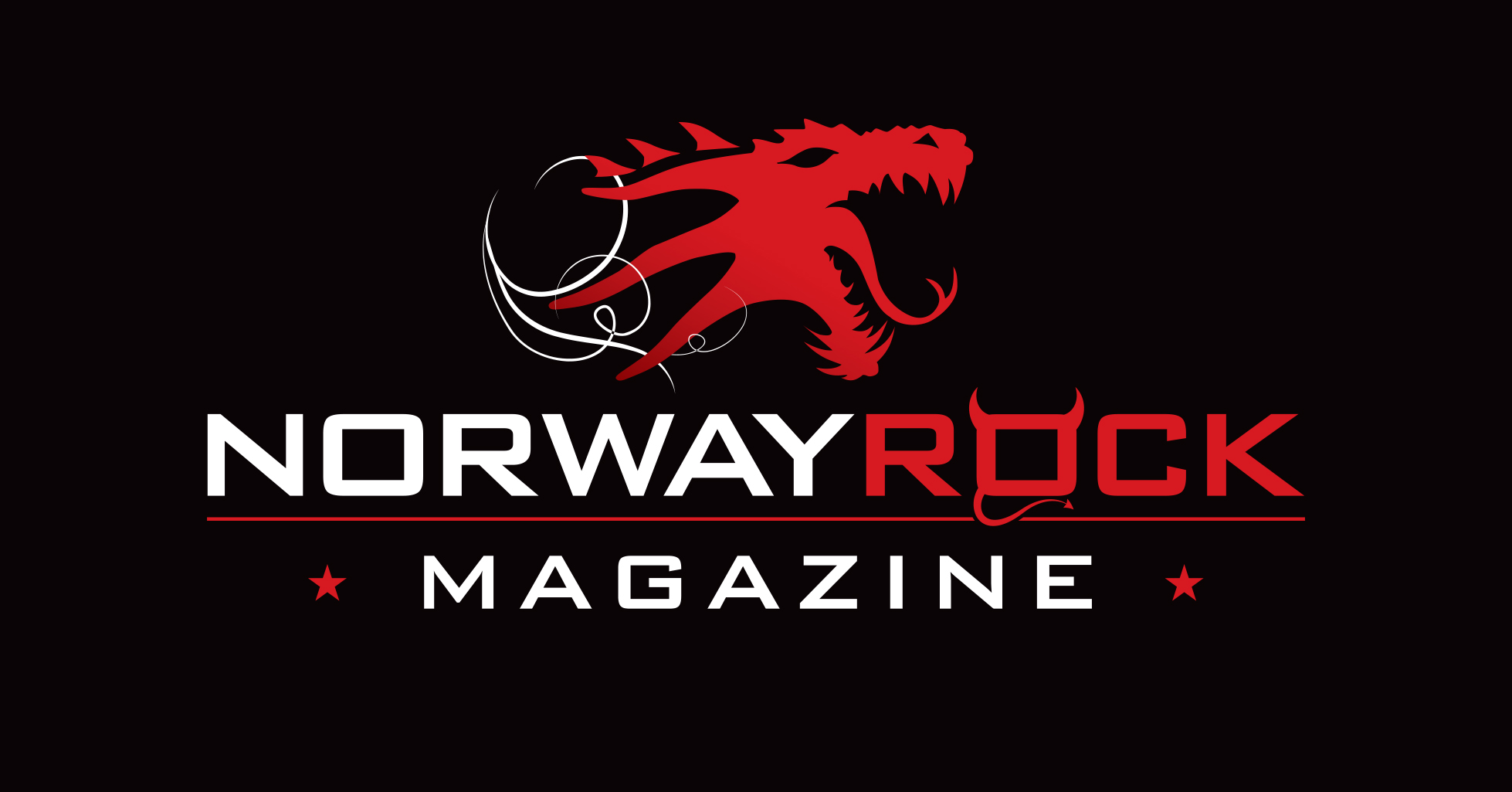
ByNorse
The traditional instrumentation and style of the music is at the fore but Einar Selvik and Lindy Fay Hella have also woven modern sounds into the mixture – guitars, synthesizers and ambient treatments stand next to the sounds of the wind, water, birds, the voices of the forest. This is fitting for the subject matter, the falling into permanent hibernation of the She Bear of the title, in this song-cycle a symbol of the environment as its protector, because of the threat of modern life.
The title track “Birna” rightly demonstrates all that makes this record strong, starting with the sound of the wind but with synthetic treatments on the ambient textures backing the piece, and Fay Hella’s wailing vocals emerging from a pulsating backdrop which is produced by horn, harp, hurdy-gurdy. The arrangement and production is confident, complex, and well executed. The pieces fall broadly into two styles, the first being these dense ensemble pieces full of texture like “Birna”. Often, as on the opening “Hertan”, the vocals have a choral quality, or on the ambitious “Dvaledraumar”, Selvik’s voice stands above the music, as a leader of a choir. “Himinndotter” and the later “Tretale” have the same quality. These pieces feel like ritual dances, something communal, reels but also a collective evocative trance, celebrants in a kind of rapture, trying to wake the She-Bear. In between these powerful rhythmical pieces come the other style, much sparer compositions where Selvik and Fay Hella’s voices get centre stage. These range from simple evocative folk melodies, like “Hibjørnen”, to more vertiginous ambient material reminiscent of Scott Walker’s “The Drift” as in the earlier section of “Dvaledraumar”.
That piece, which stands towards the middle of the record, is very ambitious, and it is open to debate whether they carry it off. It is episodic, full of invention, and has a broad palate. We are brought into the landscape with an ancient bukkehorn but at the same time we are surrounded by ambient sound which wouldn’t be out of place on a Brian Eno record, before we are led into a later section, which is repetitive like other parts of the record, which slowly builds. However, this seems to lose focus the longer it goes on.
More importantly, here, as on all the pieces with a lead vocal, Selvik’s voice is impressive – sonorous, haunting, tremulous, pleading, earnest but without sentimentality. Fay Hella’s vocal contribution is no less effective, clear and high, and often on the edge of tipping over into a loss of control, like on “Himinndotter”. The vibrato of each voice forcefully complements the other.
Broadly, this is a record with strong, confident composition and an excellent use of modern instrumentation to supplement the beauty of the traditional instruments. It also has a satisfying mixture of arrangement and melody, despite the near-separation of the two across the tracks, all of it held together by a beautiful, simple motif struck out on the kraviklyre, which echoes across the pieces. The effect of the record is to attend a rite, a series of prayers – to one another, to the Earth itself, perhaps – for a return to a proper state of nature, where the She-Bear will be able to wake again. The dancing, the pulse which bookends the record, starts as something uplifting, but when we reach the final track, “Lyfjaberg”, we are facing something more menacing, something which has been building across the record, a march, relentless and inevitable. However, we may well ask which march, that of modern life or of older values and priorities, will truly prove relentless in the end.
5/6 | Alex Maines
Release date: 24 January 2025

